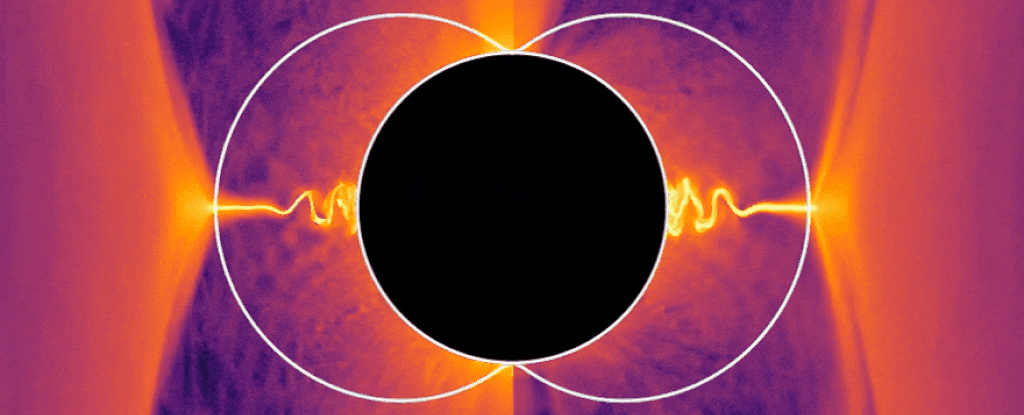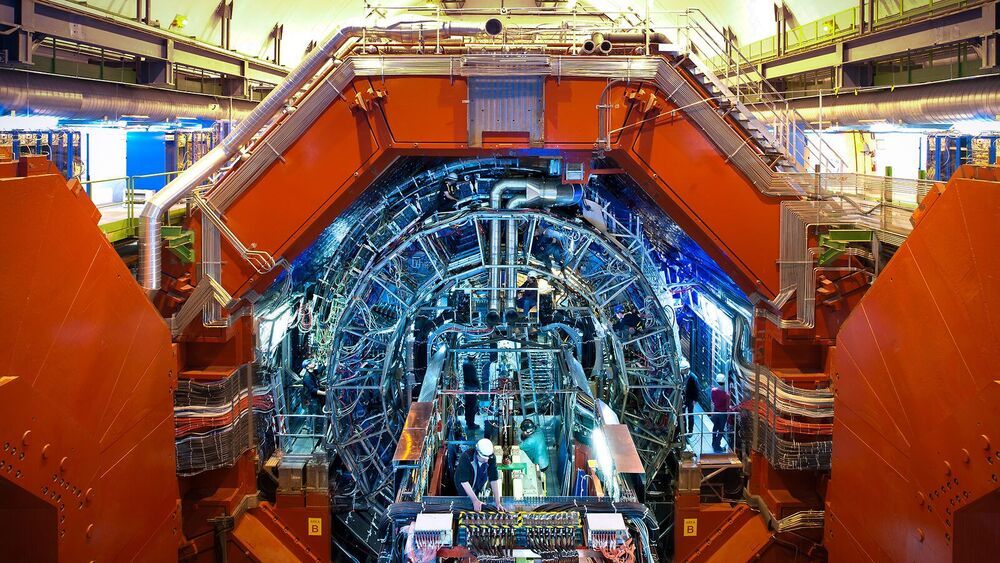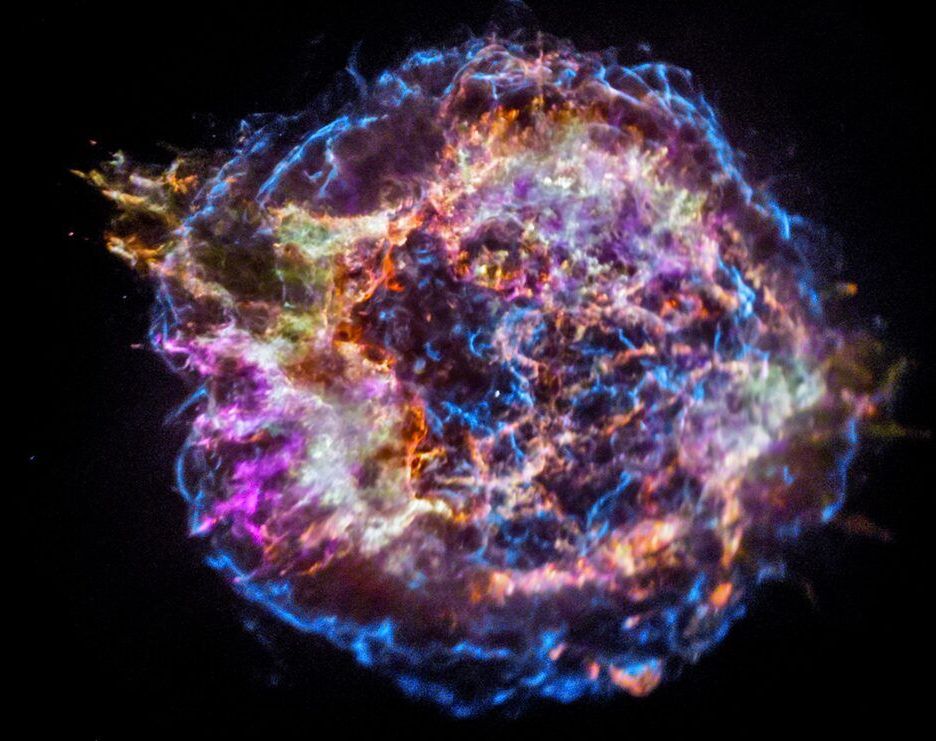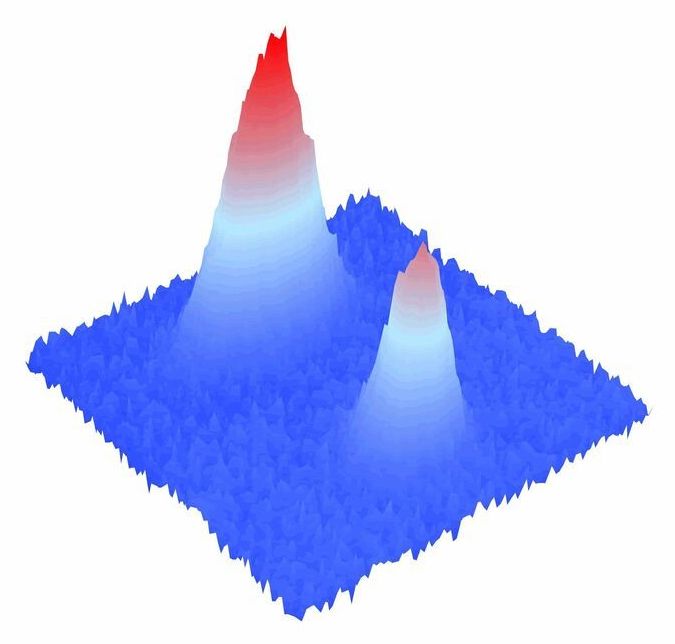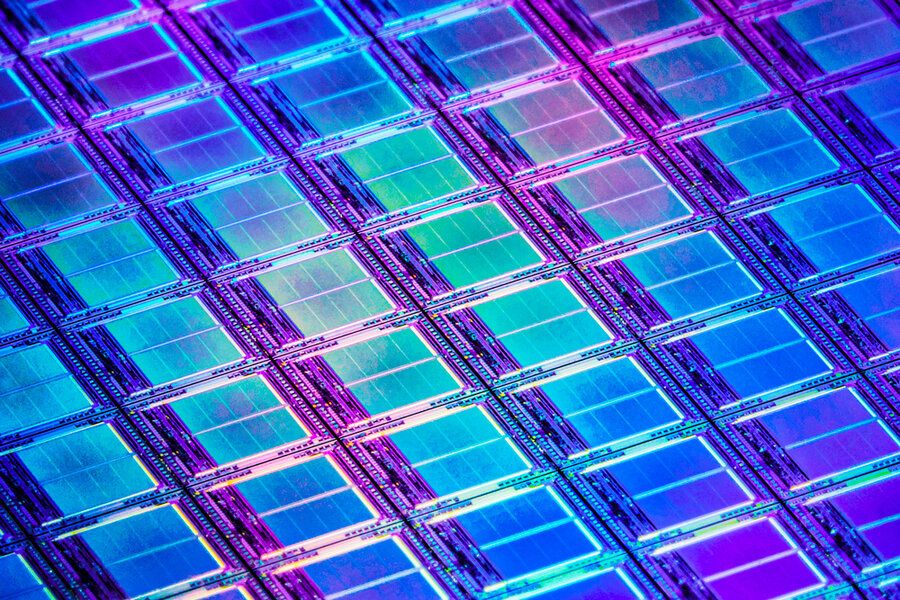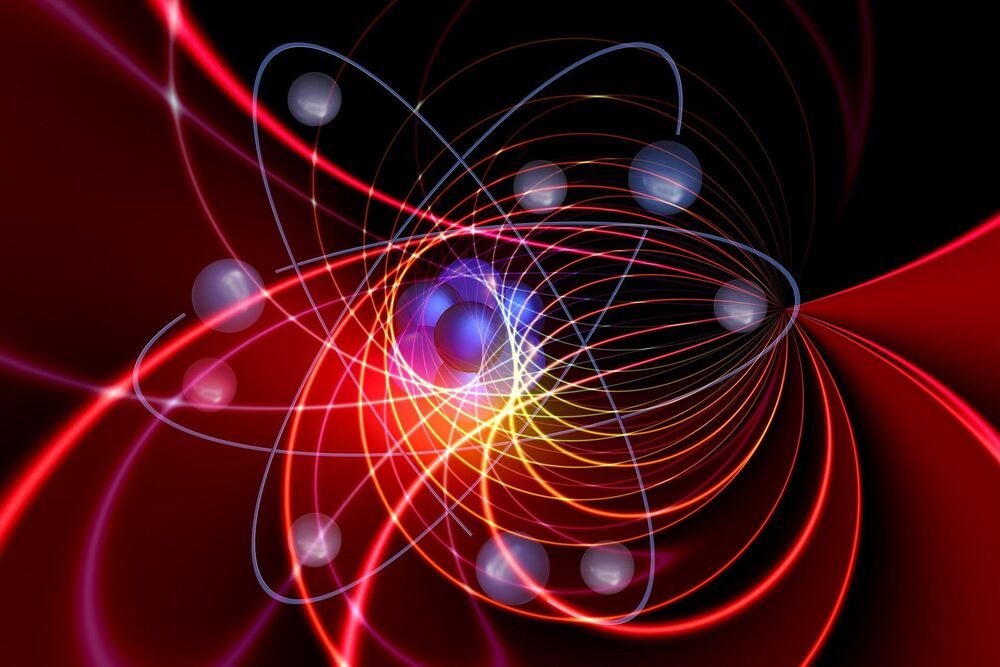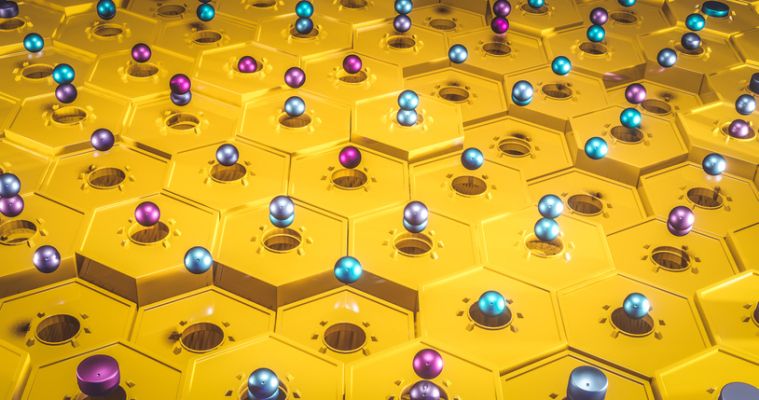When a black hole is actively feeding, something strange can be observed: enormously powerful jets of plasma shoot from its poles, at velocities approaching light speed.
Given the intense gravitational interactions at play, exactly how those jets form is a mystery. But now, using computer simulations, a team of physicists has hit upon an answer — particles seeming to have “negative energy” extract energy from the black hole and redirect it to the jets.
And this theory has, for the first time, united two different and seemingly irreconcilable theories about how energy can be extracted from a black hole.
